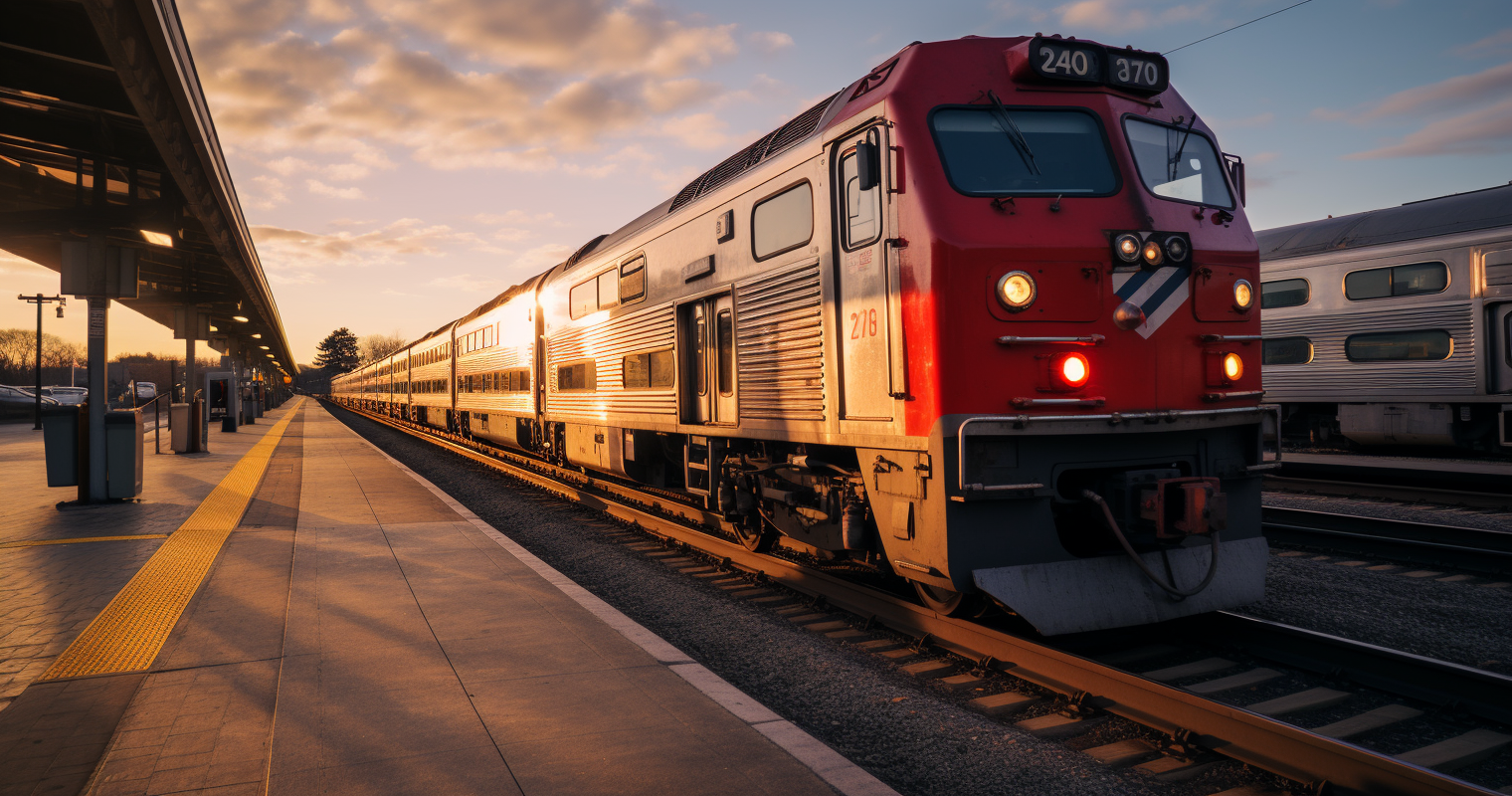Chile is a long, narrow country in South America that spans over 4,000 km from north to south. The country has a well-developed railway network that connects major cities and regions, making it an efficient and convenient mode of transportation for both locals and tourists. In this article, we will explore the various aspects of rail travel in Chile, including classes of travel, ticketing, accessibility, and metro systems.
Standard of Rail Travel
The overall standard of rail travel in Chile is generally considered to be good, with comfortable and modern trains that offer a smooth and safe journey. The majority of the railway network is operated by the state-owned company, Empresa de los Ferrocarriles del Estado (EFE). The trains are well-maintained and clean, with air conditioning and ample legroom.
Classes of Travel
There are two classes of travel on most long-distance trains in Chile: Turista (Tourist) and Preferente (Preferential). Turista is the standard class, offering comfortable seats with air conditioning and onboard facilities such as a snack bar and restroom. Preferente is the premium class, with larger seats, more legroom, and additional amenities such as personal televisions, power outlets, and food and beverage service.
Timetables and Ticket Prices
Information on rail timetables and ticket prices in Chile can be found on the EFE website. Tickets can be purchased online or at the train station ticket office. It is advisable to book in advance, especially during peak travel periods, to secure your preferred class and seat. The ticket prices vary depending on the route, class of travel, and time of booking.
Rail Tickets
There are various types of rail tickets available in Chile, including single tickets, return tickets, and multi-ride passes. The multi-ride passes are a cost-effective option for frequent travelers, allowing them to make a certain number of trips within a specified period. Discounts are available for children, students, seniors, and people with disabilities.
Accessibility
The rail network in Chile is generally accessible for disabled passengers, with wheelchair ramps and designated spaces on most trains. However, it is advisable to check with the train operator in advance to ensure that the necessary arrangements are in place for your journey.
Metro Systems
In addition to the long-distance trains, several urban areas in Chile have metro systems, including the capital city of Santiago, Valparaiso, and Concepcion. The Santiago Metro is the largest and most extensive, with six lines and over 140 stations, serving millions of commuters and tourists each year. The metro systems in Chile are generally modern and efficient, with air conditioning, onboard facilities, and frequent service.
In summary, rail travel in Chile is a comfortable and efficient mode of transportation for both locals and tourists. With modern and well-maintained trains, two classes of travel, and a range of ticket options, it is a convenient way to explore the country. Additionally, the metro systems in urban areas provide an easy and affordable way to get around. Overall, the railway network in Chile is a reliable and accessible option for travelers of all ages and abilities.

